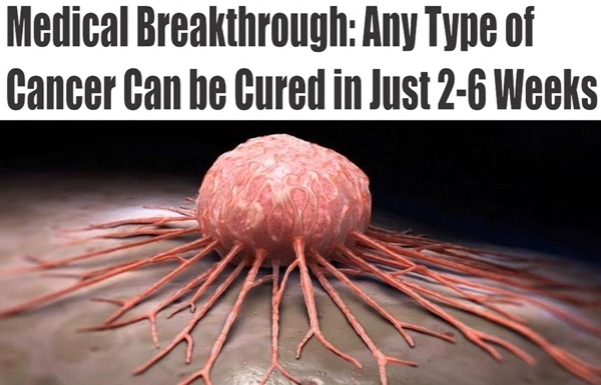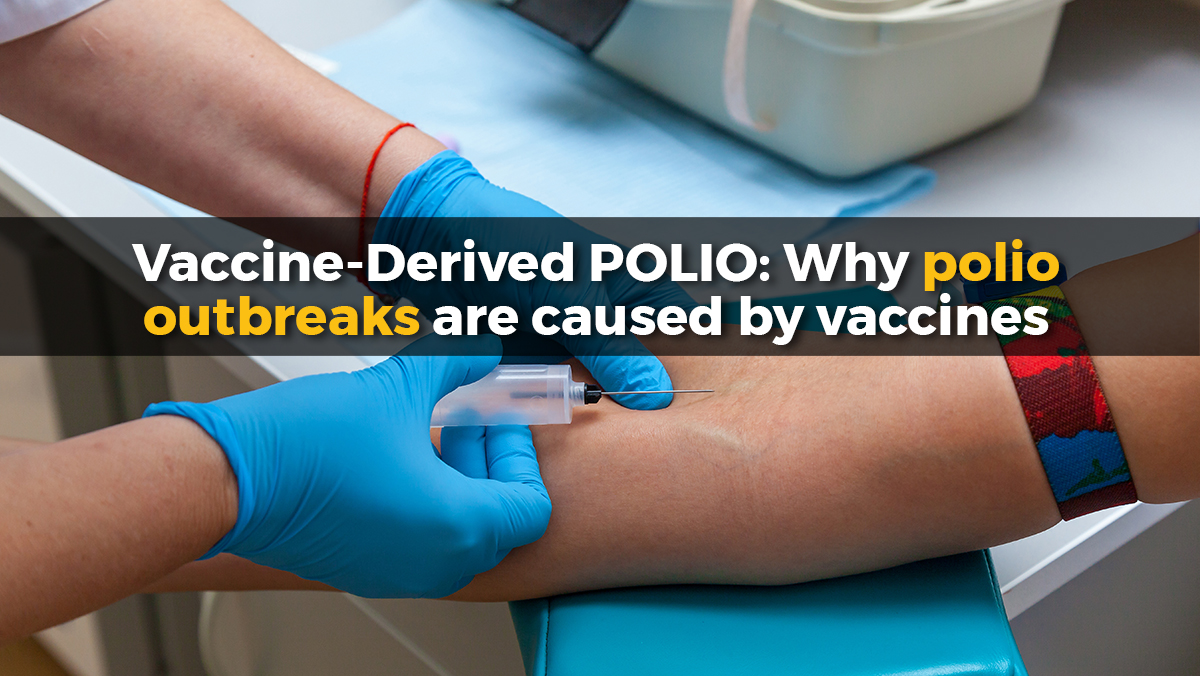Unveiling the hidden battles: "The Secret History of the War on Cancer" by Devra Davis
- The book begins with the story of Andrea Martin, who battled cancer multiple times and was found to have nearly a hundred chemical residues in her body, raising questions about the role of environmental toxins in cancer development.
- Davis examines the history of cancer, noting a significant increase in cases like double myeloma since 1973 and highlights the complexity of factors contributing to rising cancer rates, beyond just aging.
- The author criticizes the focus on treatment over prevention, likening it to "mopping up a flooded floor without turning off the tap" and points out conflicts of interest due to the revolving door between industry and government.
- The book explores the impact of the eugenics movement on cancer research and public health and reveals the suppression of crucial information, as exemplified by the Breslows' five-volume report.
- Davis advocates for a shift towards prevention and addressing environmental factors, urging action based on precautionary principles rather than waiting for definitive proof of harm, to create a healthier future.
In an era where cancer touches nearly every family, a groundbreaking book by epidemiologist and author Devra Davis, "
The Secret History of the War on Cancer," delves into the untold story of humanity's struggle against this pervasive disease.
The book opens with the heart-wrenching story of Andrea Martin, a woman who battled breast cancer three times before succumbing to a brain tumor. Her tragic journey is emblematic of a harsh reality: Surviving cancer does not always mean escaping its grip. Making her story even more striking was the discovery of nearly a hundred different chemical residues in her body — many of them known carcinogens. This unsettling detail raises a critical question: Did environmental toxins contribute to her illness? The troubling truth remains that certainty may never come, exposing a glaring gap in the understanding of cancer.
Rewinding to 1973, the book highlights a startling trend: multiple myeloma cases doubled within a decade. Among those affected was the author’s father, a seemingly healthy man with no history of smoking or heavy drinking. The
reasons behind rising cancer rates remain complex. While aging plays a role, it alone does not explain the surge. The absence of a national cancer tracking system in the U.S. further complicates efforts to study the disease.
Davis takes readers back to ancient Greece, where Hippocrates first described cancer as a "muddled irritable cavity" with "spindly legs," coining the term karkinoma. Despite centuries of medical advancements, the core nature of cancer remains elusive. The book suggests that cancer may have always been a silent companion, often lurking unnoticed in daily life.
As people age, the body's ability to repair cellular damage weakens. Environmental factors — from sunlight to oxygen — constantly bombard DNA, and over time, repair mechanisms falter. However, aging alone does not fully account for the disparities in cancer rates across populations.
One of the most alarming revelations in the book involves the close ties between industry and government. Key figures in the "war on cancer" often had connections to companies producing carcinogenic materials, raising serious concerns about priorities. The focus has leaned heavily on treatment rather than prevention — a strategy likened to "mopping up a flooded floor without turning off the tap." This approach is fundamentally flawed, with billions spent on treatment that could have been used to stop cancer before it starts.
The book also examines the dark legacy of eugenics and its influence on cancer research. The flawed logic of
the eugenics movement, with its assumption that genetics alone dictates disease susceptibility, still lingers despite evidence to the contrary.
Perhaps most shocking is the story of the Breslows' five-volume report — a forgotten archive documenting the early years of the American "war on cancer." This unpublished work reveals deep-rooted conflicts of interest and
suppressed information that have hindered progress from the beginning. The author’s determined search for the report underscores the importance of uncovering the truth.
In conclusion, "The Secret History of the War on Cancer" serves as a call to action. It challenges the current approach to cancer, urging a shift toward prevention and addressing environmental risks. Rather than waiting for definitive evidence of harm, a precautionary stance is vital. The choices made today will shape the future—demanding accountability, transparency and a commitment to a healthier world.
Learn more about "
The Secret History of the War on Cancer" by watching the video below.
This video is from the
BrightLearn channel on Brighteon.com.
Sources include:
Brighteon.ai
Brighteon.com
 Parler
Parler Gab
Gab










